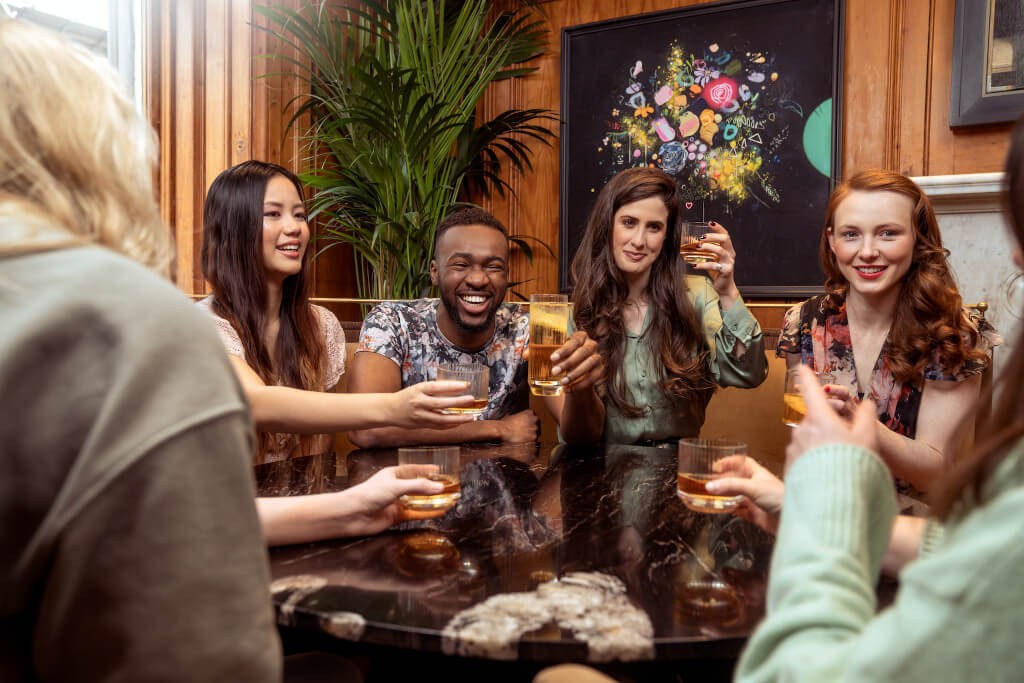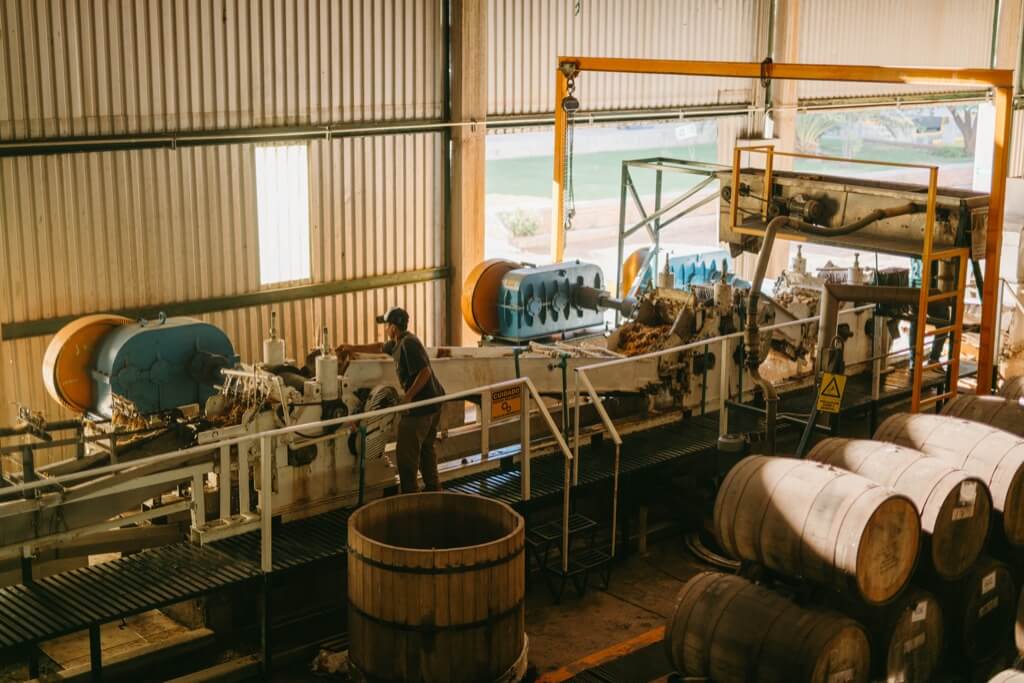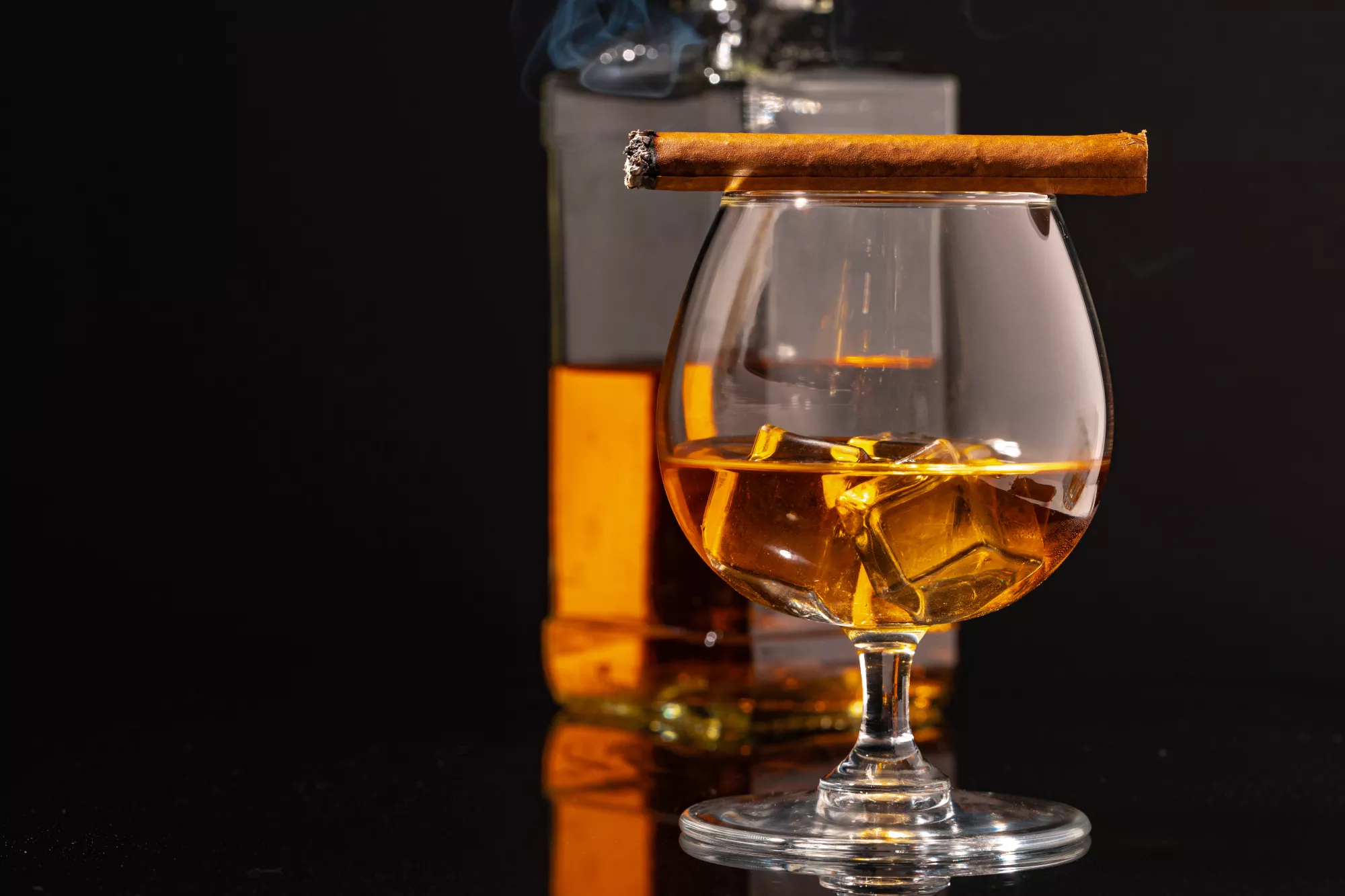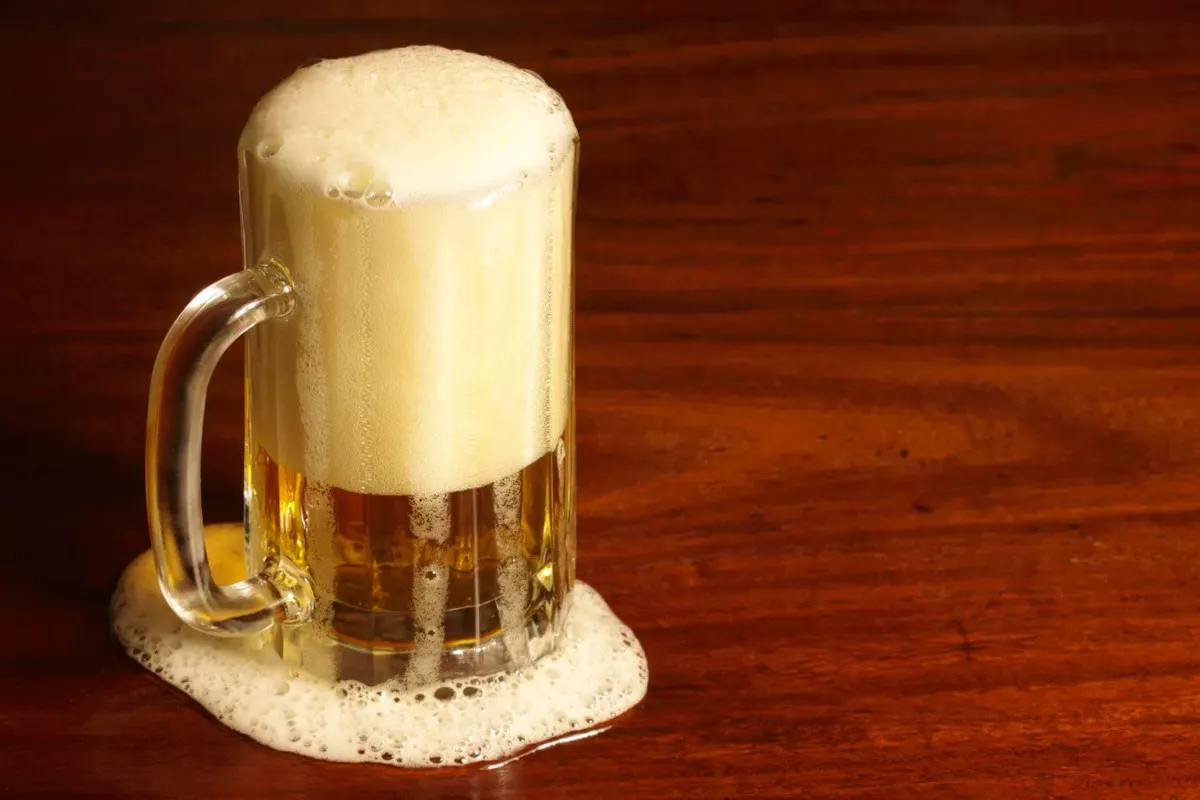You’ve probably come across the stereotype of men drinking whisky and smoking cigars in smoke-filled bars. Working a whisky event can be a test of patience for women even in modern times. Kathryn Aagsen, a brand ambassador, faced a situation that most of us have seen before: guys acting as though they were more knowledgeable than they were on a given topic. What is the presumption here? Because of her gender, her opinions on whisky were discounted. Those words echo in your head like a soundtrack: “You might be a professional, but you’re still just a girl in a skirt.”
The Covert Bias at Whisky Tastings: While outright sexist comments at whisky tastings might be on the decline, many women still find that their opinions on the taste and quality of a drink are taken less seriously than those of their male counterparts. Often, this bias is not overt but hidden behind polite smiles and patronizing nods.
‘Masculine’ Misconceptions
Many people still think of whisky as “cartoonishly masculine.” Midway through the twentieth century, when whisky advertisements were aimed exclusively at men, this stereotype began to take shape. Women were generally relegated to supporting roles in whisky commercials, which portrayed the drink as macho and best-savored with cigars. Those commercials leave long-lasting impressions, and it is not unusual to come across these biases, which are frequently deeply embedded.
Sexualization in Advertisements
Even as the whisky industry moves forward, vestiges of its past linger. In the past decade, 30% of whisky commercials have still overtly or subtly sexualized women. Instead of showing women enjoying the drink, these ads often depict them as passive objects of male attention.
Stereotypical Commercials
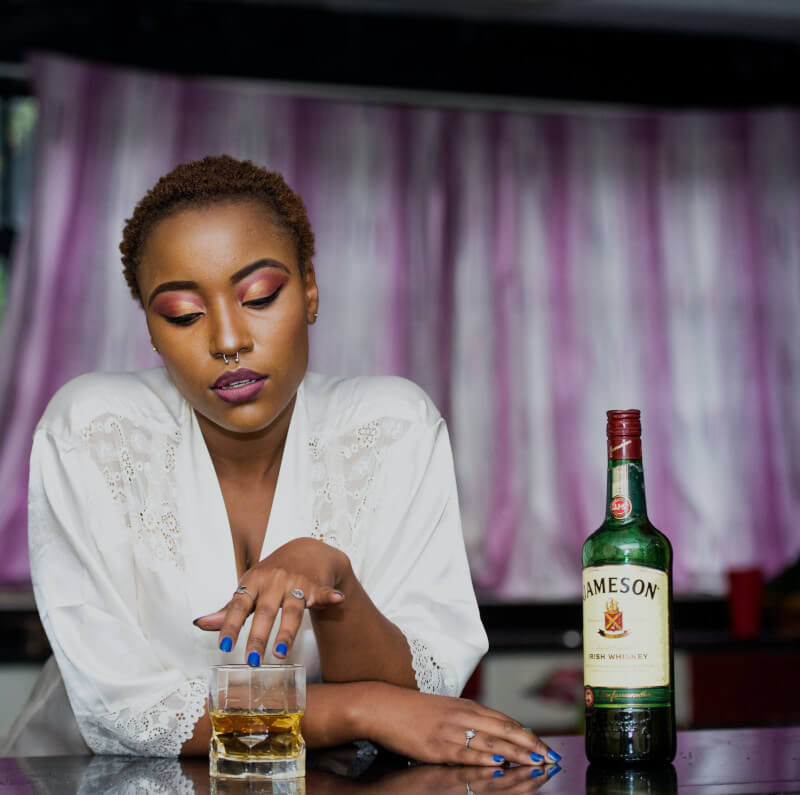
The mid-20th century was rife with advertisements portraying whisky as a robust male domain. These ads often depicted women in subservient or ornamental roles. An alarming 70% of whisky commercials from the 1970s to the 1990s used women as secondary characters, typically shown serving men or as eye candy
Storytelling, however, is a potent tool. By raising awareness of these problems, we may help the next generation of whisky drinkers and also encourage introspection among the industry’s creators. If producers helped foster this impression, shouldn’t it be their job to dispel it?
Distilleries Are Making Great Strides
While changes in public opinion seem sluggish, the story has changed rapidly within distilleries. Women were rarely included in the distillery’s employee records in the past. Irish Distillers archivist Carol Quinn notes that many jobs in 19th-century distilleries required physical labor. But why weren’t there more female managers? Women’s ambitions and positions were confined by societal norms. A popular misconception is that women prefer lighter, sweeter drinks. But research shows that women often have a more acute sense of taste and can appreciate the complexities of a good whisky just as well, if not better than, men.
Today, things look different. Barriers to women’s advancement are dismantling. The whisky industry is seeing an increasing number of women make an impact. The gender gap is closing in a variety of fields, including leadership roles and more hands-on ones like mashing and distilling. For example, Diageo was the first company in the United Kingdom to hire female coopering and coppersmith apprentices. An apprentice named Angela Cochrane says it best: “Knowing you’re contributing to the growing whisky industry is an amazing feeling.”
Massive Corporations, Massive Changes
Institutional backing for gender parity is strengthening. Diageo’s board is evenly split between men and women, and the company plans to boost the number of women in executive positions to 40% by 2025. However, Chivas Brothers’ endeavor from 2018 has resulted in twice as many women serving in leadership roles. Edrington, meantime, is trying to attract more women applicants without sacrificing their commitment to finding the best individual for the job.
The Influence of Perception on the Marketing Landscape
Marketing strategies within the sector need to develop if they are to successfully alter public opinion. Token female characters have had their day. Advertisers like Unilever and P&G have shown that non-stereotypical marketing is not only possible but essential.
To be inclusive, the whisky business may not have to focus solely on women. Instead, you should focus on marketing that is inclusive of both sexes. For instance, Chivas Brothers found that while only 35% of whisky drinkers are female, 50% of Glenlivet Founder’s Reserve purchasers in the United States are female. Their strategy? Promotion of the whisky that is intended for millennials that are nonsexist and have an emphasis on the product’s quality and flavor.
Percentage of Women Whisky Drinkers: Did you know that around 35% of whisky drinkers are women? And here’s something even more interesting: when it comes to buying Glenlivet Founder’s Reserve in the US, half of the purchasers are women. Not for their husbands or boyfriends, but for themselves.
The Future Impacts of Inclusivity in the Whisky Industry
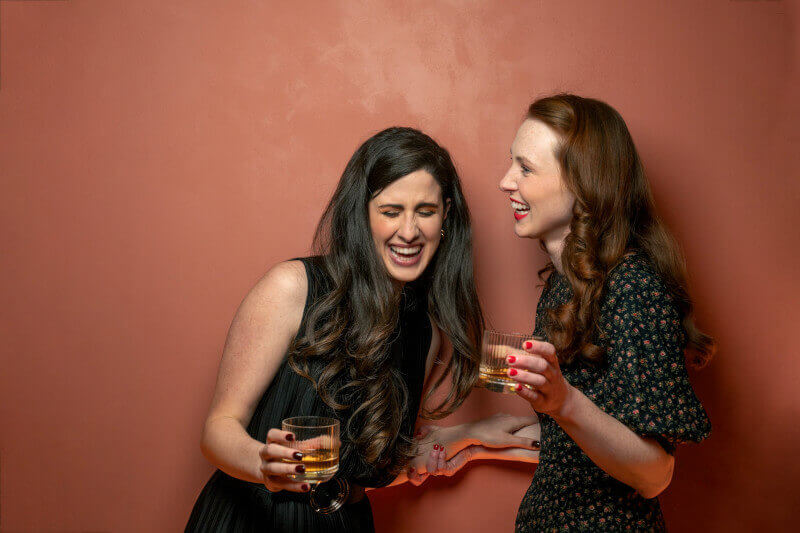
When you think of the whisky industry evolving, it’s essential to recognize the vital role of gender equality and inclusivity in shaping that future. So, what can you anticipate from a more inclusive whisky world?
-
Economic Growth
With a broader customer base and a variety of perspectives in production and marketing, the industry stands to benefit. As women take their rightful place both as consumers and leaders in the field, you might notice an increase in profits and innovation. The adage “diversity drives innovation” holds as true in whisky as in any other industry.
-
Innovative Flavors & Experiences
Remember, women have historically been involved in the distillation process. As more women step into these roles again, their unique approaches can lead to innovative flavors and experiences. You and your friends might soon find yourselves enjoying a whisky profile you’ve never imagined before.
-
Changing the Narrative
The stories brands tell will evolve. Instead of the age-old narrative of whisky being a ‘man’s drink’, brands will focus on the universal appeal. You’ll likely see advertisements that resonate with a broader audience, reflecting real people and real experiences.
-
Community Building
The whisky community will grow richer with women-led whisky-tasting events, forums, and clubs. When you step into a whisky tasting in the future, expect a diverse crowd, enriching your experience with varied insights and opinions. Remember, whisky isn’t just a drink. It’s a culture. And as with any culture, the more diverse and inclusive it becomes, the more vibrant it grows.
The whisky business is taking on the Herculean job of reversing the widespread misconceptions about the spirit. The whisky industry is gradually shedding its previous image thanks to efforts to foster diverse workforces and use inclusive marketing strategies. Remember, however, that as Glenda Slingsby so astutely notes, gender parity is an economic issue as well as a concern for women. Rather than pitting men against women, we should focus on making the world a welcoming place for all people. Isn’t that what you desire, ultimately?


